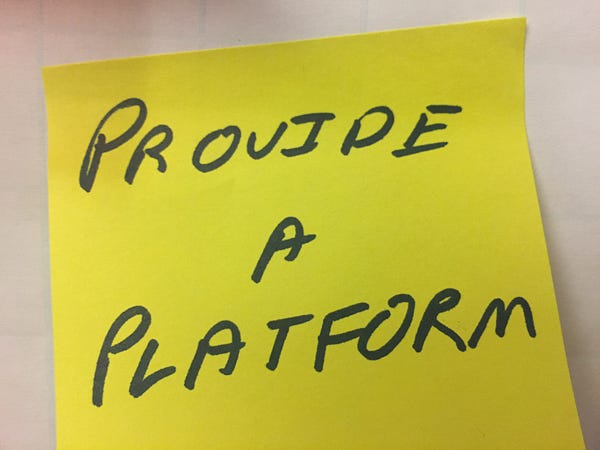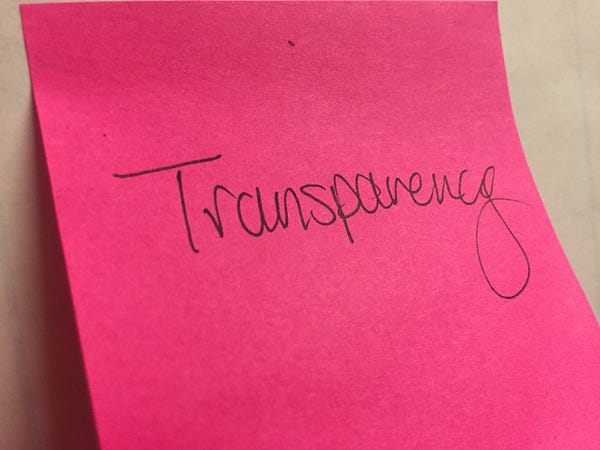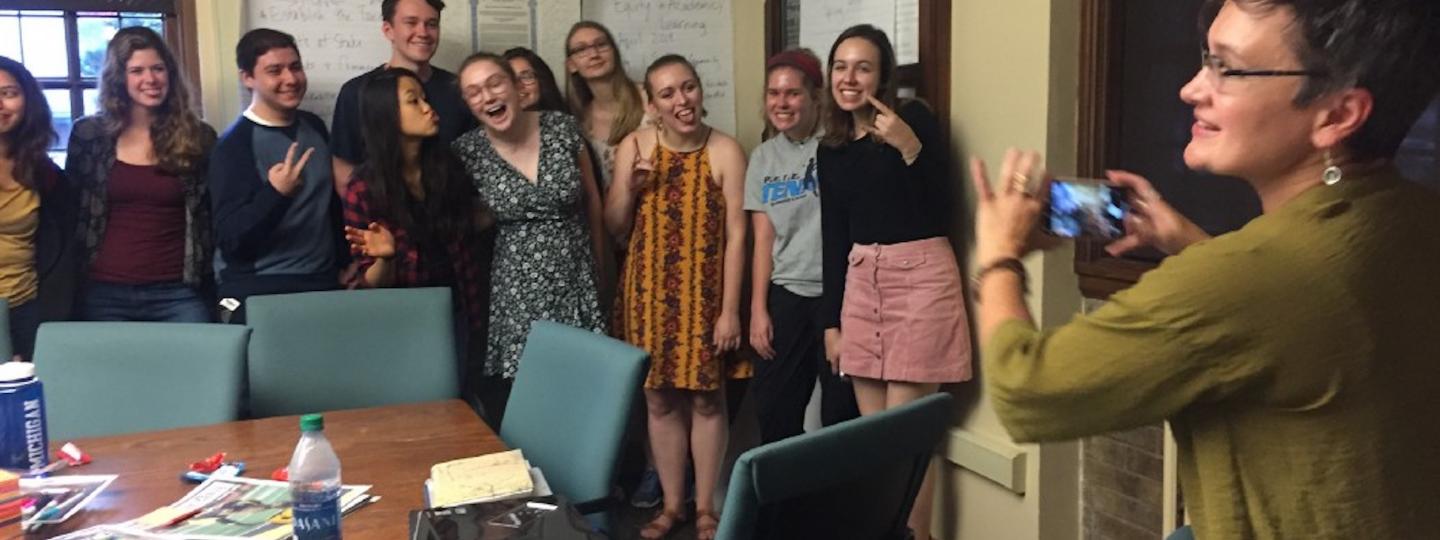There’s little doubt of the impact the University of Michigan has on the city of Ann Arbor. On an unusually hot October weekend, people dressed in “maize and blue,” the colors of U of M, are up early to grab breakfast at the iconic Zingerman’s Deli, while Ann Arbor residents head to the farmer’s market. Later in the day, the city deals with traffic jams as the much-revered Michigan Wolverines get ready to play a homecoming game in The Big House, the university’s football stadium. Flying over the town from its tallest building, a flag with the big blue block “M” is a clear sign of the institution that’s important in this town of 120,000 people.
Returning to Ann Arbor this October is also a homecoming for me. For three years, I taught in the Communications Studies Department. But for most of that time, I had little interaction with the students who worked on The Michigan Daily, the university’s independent student newspaper. Only a few took my classes and I informally advised others, but I rarely stepped inside the beautiful brick and stone Student Publications Building during my time as a professor. The Poynter College Media Project offers me an opportunity to update that narrative.
I learn that the lack of connection between professors and student staff isn’t unusual as we settle in for the first day of our workshops — a Sunday afternoon, no less — in a wood-paneled conference room filled to overflowing with student journalists. Students tell stories of having mentors in the department as well as the English department. But they also talk about feeling disconnected from formal media institutions both on and off campus. That includes the Comm Studies Department and the Knight-Wallace Fellowships — a prestigious mid-career journalism fellowship that draws top journalists from around the world to the campus every year to pursue individual study and projects.
Student journalists talk about learning on the job, both at The Daily and in internships, and tell us about the power of their board of advisors, which meets in the same room where we sit every month. The Board counts alumni who have worked at top newspapers and media organizations throughout the world, as well as other top-rate journalists with ties to the campus, among its members.

The lack of connection hasn’t stopped the paper’s 24/7 operations, which run with clockwork efficiency, keeping in line a staff of 200 that maintains a robust digital site and puts out a print newspaper every day.
That’s hugely important , that daily print run. The Michigan Daily is the only daily newspaper printed in Ann Arbor and Washtenaw County anymore. The local paper, the Ann Arbor News, shuttered its daily print publication in 2009 and now publishes online through MLive.com and in print only Sundays and Thursdays. That leaves only the university student-run newspaper to cover both a university and a city that are grappling with “issues of racism, sexual misconduct, inequitable administrations and institutions, and representing marginalized, misrepresented or ignored communities accurately and fairly,” Alexa St. John, the paper’s editor-in-chief, wrote in the school’s application.
It’s a weighty responsibility the staff takes seriously, we see as we begin the workshop.
They want to cover the powerful and well-funded university and its administration even better than they already do. They also want to report more fully on the school’s connection to the city and its residents. They recognize that they also have to cover critical campus issues that impact the university’s 45,000-plus students. Like their peers navigating higher education around the country, they face challenges covering diversity and inclusion issues, sexual assault, lack of affordable housing and transportation and community divides.
That coverage landscape feels overwhelming when we first start discussing what a project in Ann Arbor would look like. So we break into three groups to start brainstorming.
One group quickly shifts to a focus on housing and transportation issues. If the university wants to be more diverse with more students from different social, racial and economic classes, affordable housing is essential. Another group wants to look at equity in academics and learning. And yet another wants to use journalism as a way into these questions and create a Journalism Day event to connect with The Daily’s audience — including students, city residents, and administrators and faculty — and help them better understand the role of journalism and The Daily.

Pulling those disparate ideas together in a single project doesn’t seem doable until we start throwing out one-sentence descriptions for the project. The one that resonates with students around the room is “Who Holds The Power in Ann Arbor?” By focusing on “power,” the students feel they can start unpacking the big issues they face using a common lens.
Power, the students also realize, resides with them and how they interact with their audiences. The “Journalism Day,” which students determined would look and feel a lot like a community party, will be used draw the different communities in Ann Arbor together to talk with each other. Power, they realize, comes with the responsibility to convene and engage, which can only then allow them to more deeply address issues important to everyone who calls Ann Arbor home.
The College Media Project is funded by a grant from the Charles Koch Foundation.






